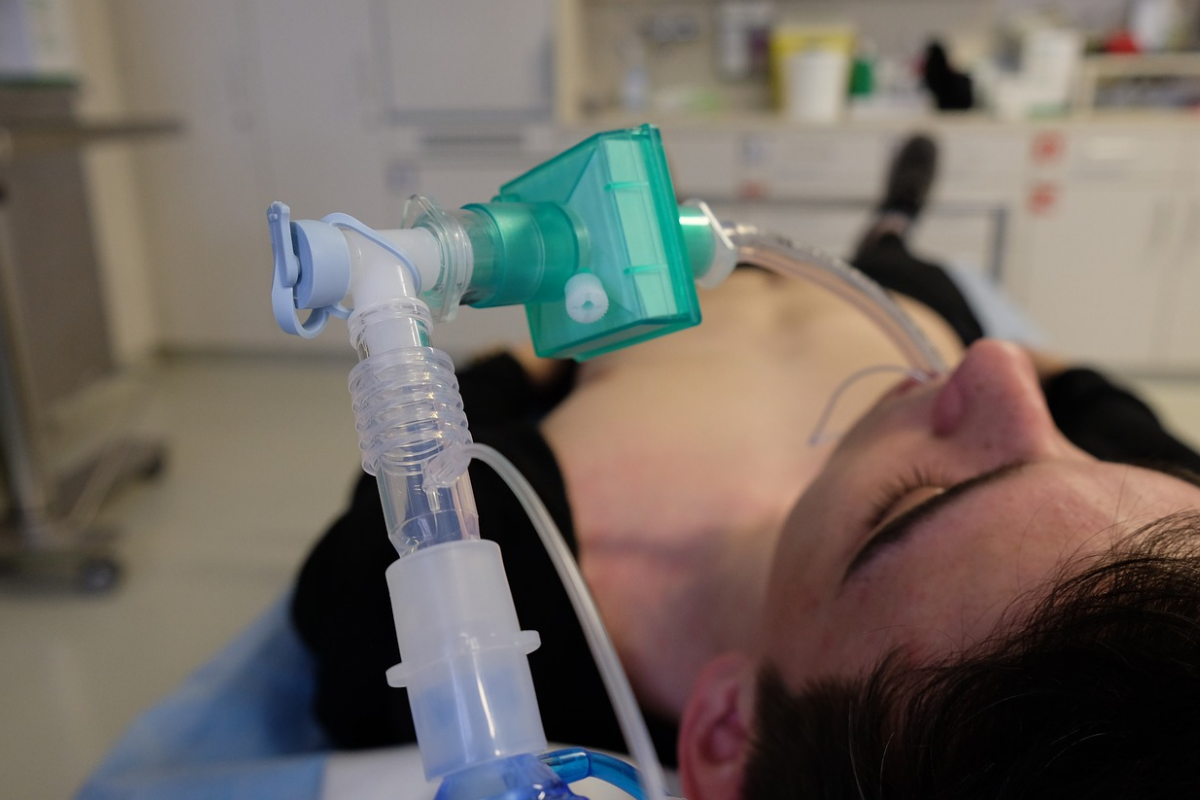What’s Wrong with Healthcare IV: The Cost of Healthcare

Palliative care cuts hospitalization and 30-day readmission rates while decreasing per capita health care costs.
Ironically, one of the most dire threats to the long-term health of the United States economy and our way of life – is our nation’s healthcare system.
More specifically, I am referring to way we spend on healthcare services that are unwanted, inadvisable, or simply an extended waste of time, effort and money. It’s a fact of life that has been building for years. It has reached crisis proportions and dramatically influences every aspect of our culture and economy.
The fact is, the immense amount of money that we continue to spend to “treat” the elderly, the sickest and the most vulnerable individuals in our society, threatens to change how we practice medicine. It may also call into question whether or not we will even have the opportunity to continue practicing medicine over the next several decades.
Fortunately, there is a ready solution to this chronic crisis: True palliative care.
The Costs of End-of-Life Care
Here’s what we know. The United States spends nearly 10 times more than any other industrialized country for healthcare. Despite that, the United States is ranked worst among the 11 wealthiest countries in the world with respect to health care efficiency, equity, and outcomes. In fact, we’re not even among the top 35 of all countries on the planet.
Reams of data tell us that the sickest and most vulnerable 5% of our population is responsible for nearly 50% of health care expenditures – and that the sickest, most vulnerable 15% to 20% of our population is responsible for upwards of 85% of health care expenditures. Currently this equates to nearly 20% of the gross domestic product (GDP) of the United States, nearly $3.5 trillion in 2017.
Through tax revenues, the U.S. government brings in roughly 12% to 15% of the GDP to support all social services.
In addition, in the U.S. there are approximately 10,000 individuals per day reaching the age of 65 and approximately 10-15% of them can be classified as rising-risk, high-risk sick and vulnerable individuals falling into the aforementioned category. This increase will continue for the next several decades, according to the Dartmouth Atlas of Health Care.
If we continue to follow the slope of the line of per capita expenditure vs. attributable population, we see that the U.S. stands to exceed 60% of the GDP for healthcare expenditures for only 15% of the population by 2035. And as the US. is the largest economy in the world, that change would have implications extending far beyond our free-market, capitalist society.
In many ways it comes down to value, with value translated as an enhancement in the quality of life or a prolonging of that life.
Too often, however, prescribed treatments fall short from that standpoint. Recognizing that the average life expectancy of the sickest, most vulnerable individuals is less than two years, all of the things done to them do not potentiate a longer life or one of higher quality. They often in fact cause harm and decrease the quality of persons’ lives. This has been proven many times.
Numerous studies have shown that nearly one-third of expenditures occur within the last 30 days of life.
Even though the U.S. spends upward of $3.5 trillion annually, we are unable to curb the trajectory of decline, debility and death. Neither are we doing a particularly good job of “listening” to patients’ wishes. Despite the fact that the large majority of people indicate they would prefer to die at home, more than a fifth still die in the hospital, the most expensive setting, according to the Dartmouth Atlas of Health Care.
It is not just a question of costs. By myopically focusing on disease and the myriad things we can do to patients regardless of evidence contrary to our definition of "survival," we steal from fellow human beings the opportunity to choose how they want to live based on what is sacred to them in the final days, weeks, months, and years of their lives.

Palliative Care as a Solution
Palliative care is provided throughout the trajectory of a disease process without regard to prognosis and can be provided in concert with curative care, as well as end-of-life care. The palliative care team works with patients in conjunction with their primary care physician and other specialists to address any physical, psychosocial, emotional, or spiritual issues patients and their families and/or caregivers may experience. It is appropriate at any age and at any stage in a serious illness and can be provided along with curative treatment. As it is offered across the entire health care continuum, it promotes the greatest opportunity to support patients and their caregivers.
All evidence-based medicine studies and empirical experience demonstrate that, regardless of diagnosis, individuals who receive palliative care concurrently with treatment experience a higher quality of life, less symptom burden, and often a longer life expectancy.
As a palliative care physician, I strive to meet each individual where they are. I work hard to develop relationships with individuals and understand their illness and elucidate what goals, clinical and other, they desire. Serving thousands of the most ill and vulnerable patients, such an approach has led to a 93% zero-hospitalization rate for palliative care outpatients, a reduction in 30-day readmissions upwards of 40%, and up to a 70% reduction in per capita expenditures.
We have the opportunity to change the world – our future.
A health care delivery paradigm predicated upon true informed consent and eliciting a patient's goals regardless of clinical situation – true palliative care – is the best avenue to overcoming the present and future cost burdens of our health care systems.
If you found this information helpful, please share it with your network and community.
Copyright © 2018 Crossroads Hospice. All rights reserved.
Dr. Timothy Ihrig, Chief Medical Officer of Crossroads Hospice & Palliative Care, is an internationally recognized authority on hospice and palliative care and advocate for full transparency in patient care. His TED Talk, “What We Can Do to Die Well,” urges doctors to emphasize overall quality of life while helping seriously ill patients approach end-of-life with dignity and compassion. Dr. Ihrig received his Doctor of Medicine and M.A. in Molecular Biology at the University of Nebraska, completed a residency in Internal Medicine at the University of Iowa, Des Moines, and Palliative Medicine and Hospice training at Stanford University. He is endorsed by the Center to Advance Palliative Care as a clinician-educator.
Recommended Reading:
What’s Wrong with Healthcare? It Doesn’t Care (Part I)
What’s Wrong with Healthcare? It doesn’t Care (Part II)
What’s Wrong with Healthcare III: The Value of Life




